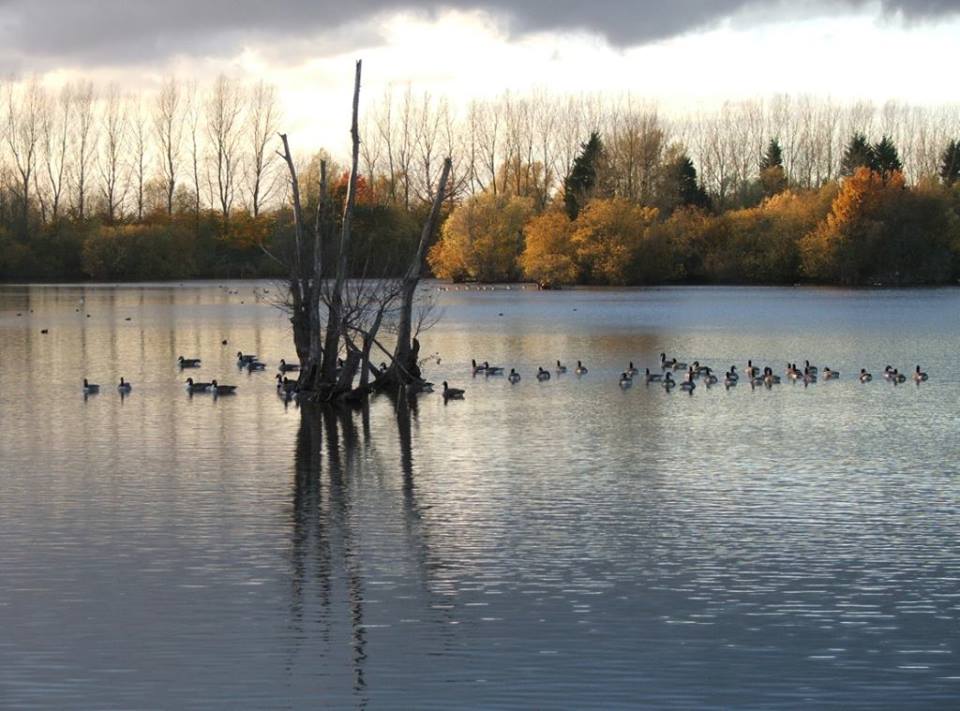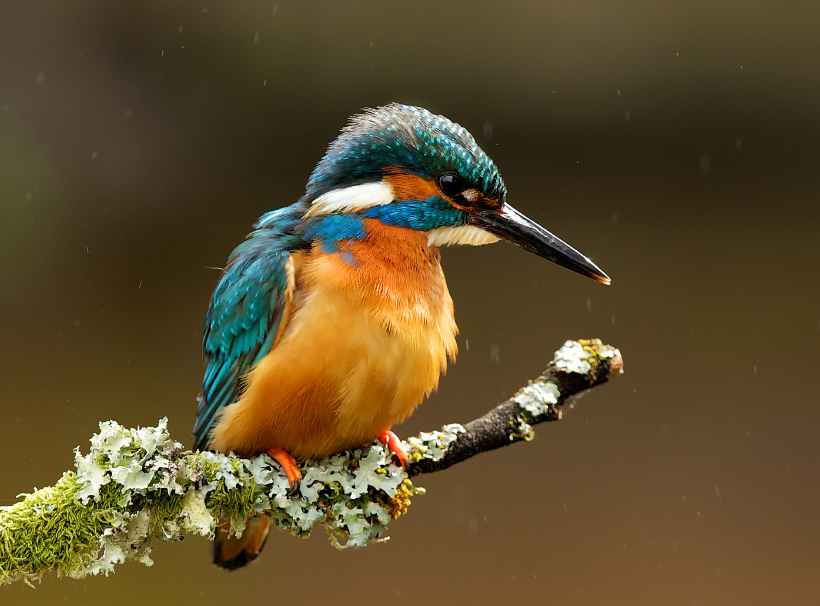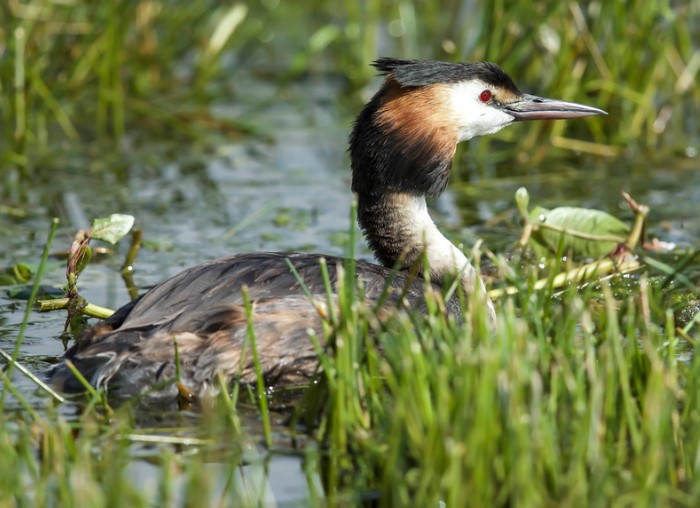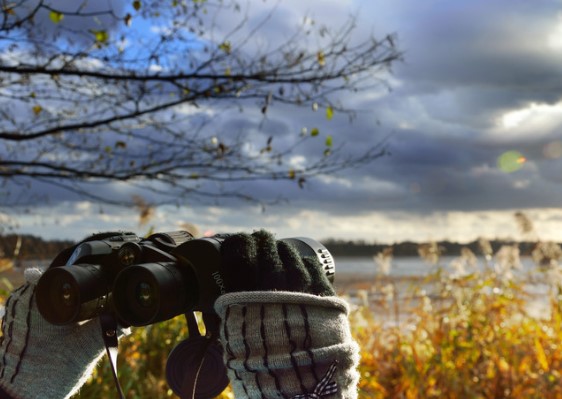A Thrupp Lake walk with wild birdsong
A lakeside stroll is the perfect way to spend an autumn afternoon, and what better soundtrack to accompany you than a chorus of wild birdsong?
Thrupp Lake, nestled in the heart of Abingdon, Oxfordshire, is a haven for feathered wonders. It hosts over 120 species of birds, making every visit an enjoyable journey into the world of diverse avian life.
Birds to spot at the lake
Among the stars of Thrupp Lake’s feathered show are the lapwing and skylark, both Red List species of conservation concern. These beautiful birds find refuge in the tranquil surroundings, and their presence is a testament to the importance of preserving this ecological gem. Amber-listed species like the willow warbler and reed bunting grace us with their presence, while kingfishers, once amber-listed themselves, add a brilliant dash of colour to the landscape. In recent times, we’ve had the privilege of welcoming rare visitors such as the bittern, ring-necked duck, and glossy ibis.
Thrupp Lake’s open expanse attracts a splendid array of waterfowl, including the majestic cormorant, the elegant great crested grebe, and the charming little grebe. Various duck species, like the gadwall, teal, and shoveler, make Thrupp Lake their winter retreat. The lake’s islands also offer a safe haven for common terns, which choose to nest here.




Supporting our feathered friends
Autumn is a bustling season for our avian friends, as they prepare to embark on their winter journeys. Millions of birds migrate from cooler northern climes to find refuge in warmer wintering grounds. As our summer breeders bid us farewell, it’s time to extend a warm welcome to our winter visitors.
One way we can support these magnificent creatures during this transition is by providing them with a helping hand in our own garden. Offering a bird feeder in your garden or by your window is a simple yet vital act of kindness. Not all birds are migratory; some stay behind and rely on a consistent source of food to keep them healthy through the colder months. For those embarking on long journeys, such as the redwing or fieldfare, these pit stops provide much-needed nourishment, ensuring they have the energy they need to continue their epic migrations.
This autumn, let’s enjoy the beauty of nature by getting closer to the many birds around us and helping them to stay safe and healthy. Together, we can help our feathered friends and ensure that the songs of Thrupp Lake’s birds continue to enchant us for generations to come.

Mindful birdwatching tips
- Look at the world through the eyes of a bird and notice what they’re actually doing. Can you spot a good place to perch for some warming sunshine? Is the bird foraging for food, fending off a predator, or calling to a mate? You don’t have to know the answers – the fun is in the guessing!
- You don’t have to wear an anorak, or be a full on ‘twitcher’! Don’t stress about learning the names or songs of the birds you see – just enjoy it.
- Find a local patch to regularly visit and get your friends involved. You’ll soon come to recognise the ‘regular’ birds and it’s exciting when new visitors arrive!
- Don’t go out expecting to see anything – that way you’ll never be disappointed, but most likely be surprised.
- Keep your eyes to the skies and really notice what you see.
Visit again in the summer to experience the dragonfly paradise…
25 species have been recorded in the lakes area, including a remarkable 62% of the English List of breeding species. This makes the lakes quite possibly the leading site for observing dragonflies and damselflies in Oxfordshire.
Keep your eyes peeled for these exquisite creatures as they take to the skies, starting around May and gracing the lakes and ponds with their presence.
